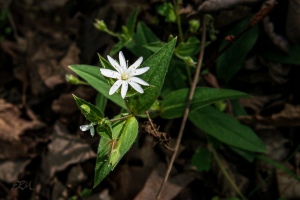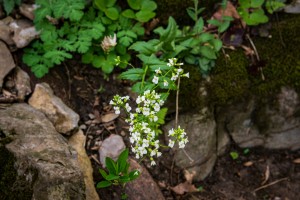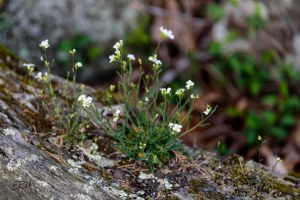Here are a few more photos of flowers seen in early April along the Potomac River near Sharpsburg, Maryland.
two-leaved miterwort, Mitella diphylla (Saxifragaceae) [right and below]
[right and below]
downy yellow violet, Viola pubescens var. scabriuscula (Violaceae)
blue cohosh, Caulophyllum thalictroides (Berberidaceae)
rue anemone, Thalictrum thalictroides (Ranunculaceae) [with a side of early saxifrage, Micranthes virginiensis]
star chickweed, Stellaria pubera (Caryophyllaceae)
toadshade, Trillium sessile (Melanthiaceae)
squirrel corn, Dicentra canadensis (Papaveraceae)
wild blue phlox, Phlox divaricata (Polemoniaceae)
spreading rockcress, Arabis patens (Brassicaceae); G3 (globally rare/local), S3 in Maryland
spring beauty, Claytonia virginica (Montiaceae)















































